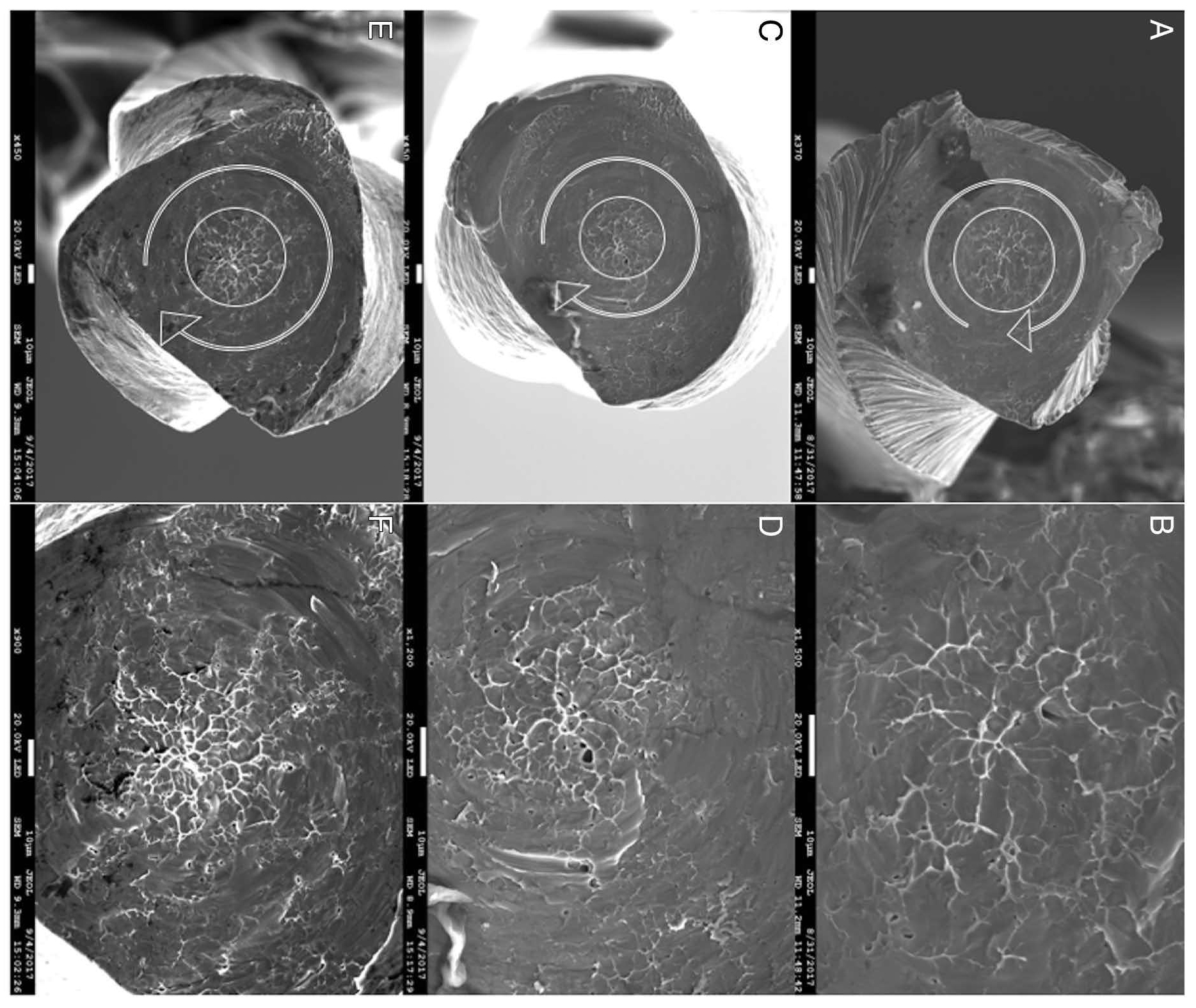From the Docs
Articles and case studies from the users of EdgeEndo.
Dr. Leffingwell has been an EdgeEndo user for almost 4 years. He made the switch to Edge when he discovered the ability to effectively and safely navigate and shape root canal systems that previously used files could not accomplish. In this clinical case from Dr. Leffingwell, Edge files gave him the confidence to navigate the canal system after appropriate potency obtained with hand files (EdgeEndo K-file.)
Patient Background
Patient was a 46 year Caucasian female who presented with a chief complaint of a dull, lingering ache associated with tooth #31 (Mandibular Right Second Molar). The onset of discomfort began shortly after a carious exposure at a restorative appointment with her general dentist 2 days prior. The general dentist completed a “formocresol pulpotomy”.
After appropriate examnation, pulp testing, and radiographs, a pulpal and periapical diagnosis was provided of PREVIOUSLY INITIATED TREATMENT WITH SYMPTOMATIC APICAL PERIODONTITIS.
The patient was provided treatment options which included non-surgical endodontic therapy, removal of her tooth, or no treatment. After discussing the risk, benefits, and potential complications of each course of treatment, she elected non-surgical endodontic therapy. She would then follow up with her general dentist for a core build up and a full-cuspal coverage restoration. The patient’s medical history was reviewed and was unremarkable. She took no medications, and reported no know drug allergies. Appropriate written and verbal consent for treatment was obtained.

Procedure
Local Anesthesia was obtained with 68 mg Lidocaine with 0.034 mg epinephrine via a Right Inferior Alveolar Nerve Block and Right Buccal Infiltration. A rubber dam was placed in the appropriate fashion. Access was made and the previously placed temporary restorative material and cotton pellets were removed from the access. The access cavity was refined and 3 canals were located (Mesiobuccal, Mesiolingual, and Distal). Coronal flaring was completed in a step-wise fashion using EdgeTaper SX rotary file, followed by further flaring with Gates Glidden Drills #4, #2, and #3 sequentially. A #6 Edge K-File was used to determine and achieve canal patency in all 3 canals. Once this was established a #8, #10 and #15 Edge K-Files were used via a Kerr M-4 Handpiece to further establish canal patency. Edge Gel was used copiously along with irrigating with 6 % Sodium Hypochlorite in between file sizes. Upon drying of the canals, working length (WL) was determined with a Root Zx II. The Distal canal WL was measured at 21.00 mm. The Mesiolingual and Mesiobuccal canals were measured to be 23.00 mm. Rotary instrumentation with EdgeFile rotary files X-7 series were used in a crown down fashion. Again, Edge Gel and irrigation with 6% Sodium Hypochlorite was used in a copious manner throughout. A master apical file (MAF) size of #30 was created in the distal canal. A MAF of #25 was created in both mesial canals.
A final irrigation of the canal system was completed with 6 cc of 6% Sodium Hypochlorite. The canals were dried using paper points. They were then obturated with the appropriate sized .04 Taper Dia Dent Gutta Percha points coated with Edge Seal. Warm Vertical Compaction with a System-B was used. Back fill of the canal system was completed with the Obtura II. The pulp chamber was thoroughly cleaned, then conditioned. Dyract was placed over the canal orifices and a cotton pellet and Cavit were placed to temporarily restore the access cavity. The patient was subsequently referred back to her general dentist for permanent restorative care.
About the Doc
Dr. Leffingwell earned his Doctor of Dental Surgery (D.D.S.) with distinction from the University of Oklahoma College of Dentistry. He then entered the United States Navy as a dental officer. Dr. Leffingwell completed a General Practice Residency at Naval Hospital Camp Pendleton Marine Corps Base, California. Following his residency, he was assigned to Fleet Hospital/Naval Hospital in Jacksonville, Florida. After being honorably discharged from active duty, Dr. Leffingwell earned his specialty certificate in Endodontics from the University of Nebraska Medical Center College of Dentistry.
Lincoln Endodontics began in January 2006 when Dr. Leffingwell purchased the practice of Dr. Merlyn Vogt. Prior to practicing in Lincoln, Dr. Leffingwell practiced in Joplin, Missouri. He is an active member of numerous professional organizations including the American Association of Endodontists, American Dental Association, Nebraska Endodontic Association, Nebraska Dental Association, the Lincoln District Dental Association, and Delta Sigma Delta.
Dr. Leffingwell is married to Karla Dawn Maddux, formerly of Imperial, Nebraska. She is a Corporate Trainer and College Business Instructor. The Leffingwells are avid outdoorsmen. They also own King Twist Quarter Horses and raise, train, and show American Quarter Horses. They both compete in timed and cutting horse events.


























